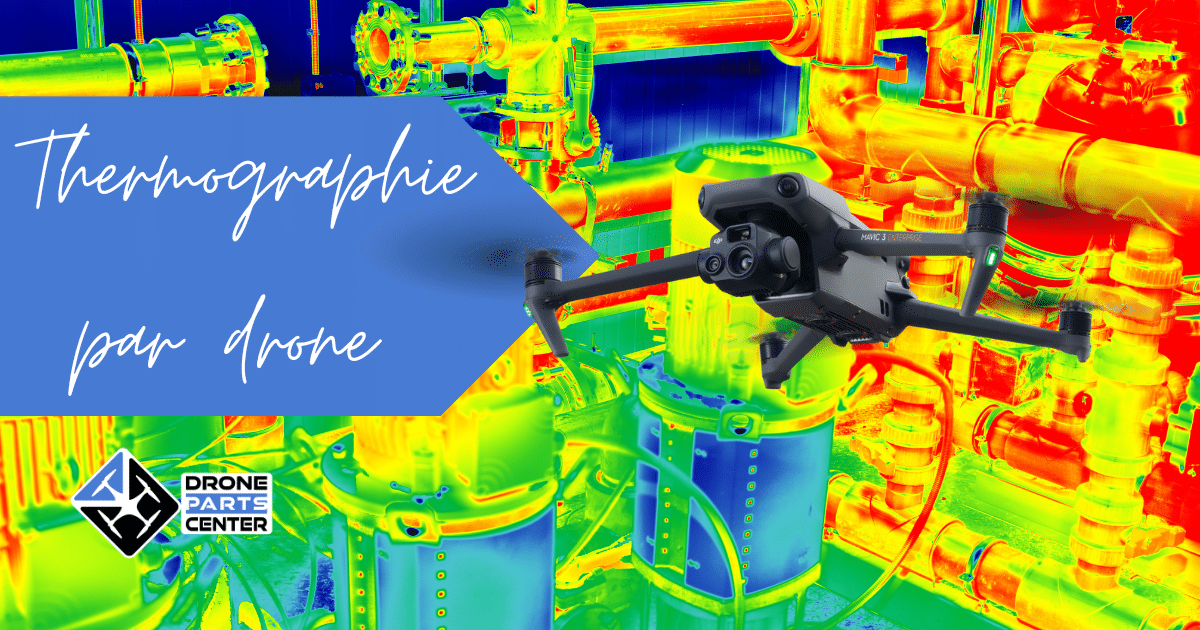News
Precise and fast aerial thermography thanks to drones
Drones equipped with thermal imaging cameras are increasingly used in thermography for many fields such as agriculture, construction, infrastructure inspection and environmental monitoring. This technology can detect temperature variations on surfaces, which can identify energy leaks, construction defects, overheating areas and environmental anomalies. In this article, we will explore the benefits of using drones in thermography and the practical applications of this technology.
Advantages of using drones in thermography
Drones equipped with thermal imaging cameras allow thermography professionals to obtain precise and detailed thermal images of areas that are difficult to access or dangerous for humans. The advantages of using drones in thermography are numerous, here are the main ones:
- Accessibility: drones can reach places inaccessible to humans, such as rooftops, chimneys, transmission towers, and wind turbines. This provides accurate thermal images of these areas, which can help detect problems before they become more serious.
- Safety: drones can be used to inspect areas that are dangerous to humans, such as contaminated areas or areas at risk of explosion. Thermal cameras equipped on drones can detect gas leaks or hot spots, which can help prevent accidents.
- Speed: Drones are useful for inspecting large areas in a short amount of time, which can help save time and money for thermography professionals and their clients. For example, farmers and solar farm owners can quickly detect problems such as dry spots or faulty solar panels.
- Efficiency: using drones in thermography can be faster and more efficient than traditional inspection methods. Drones can cover large areas in a short period of time.
- Safety for thermography professionals: drones can be controlled remotely, which can help prevent accidents and injuries. Additionally, drones can be equipped with thermal imaging cameras that can detect potential hazards, such as gas leaks or hot spots.
Practical applications of aerial thermography using drones
Drones are increasingly used in thermography for inspections of buildings, solar panels, power lines, etc. They allow faster, more accurate and safer data collection than traditional methods. However, their use must be governed by strict regulations to ensure the safety of people and property. In conclusion, the use of drones in thermography has many advantages but requires adequate training and regulations to be used responsibly.
Thermography drones have revolutionized the way thermography professionals inspect structures, equipment, and grounds. With the accurate and detailed thermal images provided by drones, professionals can detect problems before they become more serious and avoid potential accidents. Additionally, drones in thermography are faster and more efficient than traditional methods, saving time and money.
However, it is important to note that the use of drones in thermography must be governed by strict regulations to ensure the safety of people and property. Thermography professionals must be trained in the use of drones and must follow strict safety procedures to avoid accidents and injuries.
In conclusion, the use of drones in thermography presents significant advantages for thermography professionals and their clients, but it must be used in a responsible manner and framed by strict regulations.

